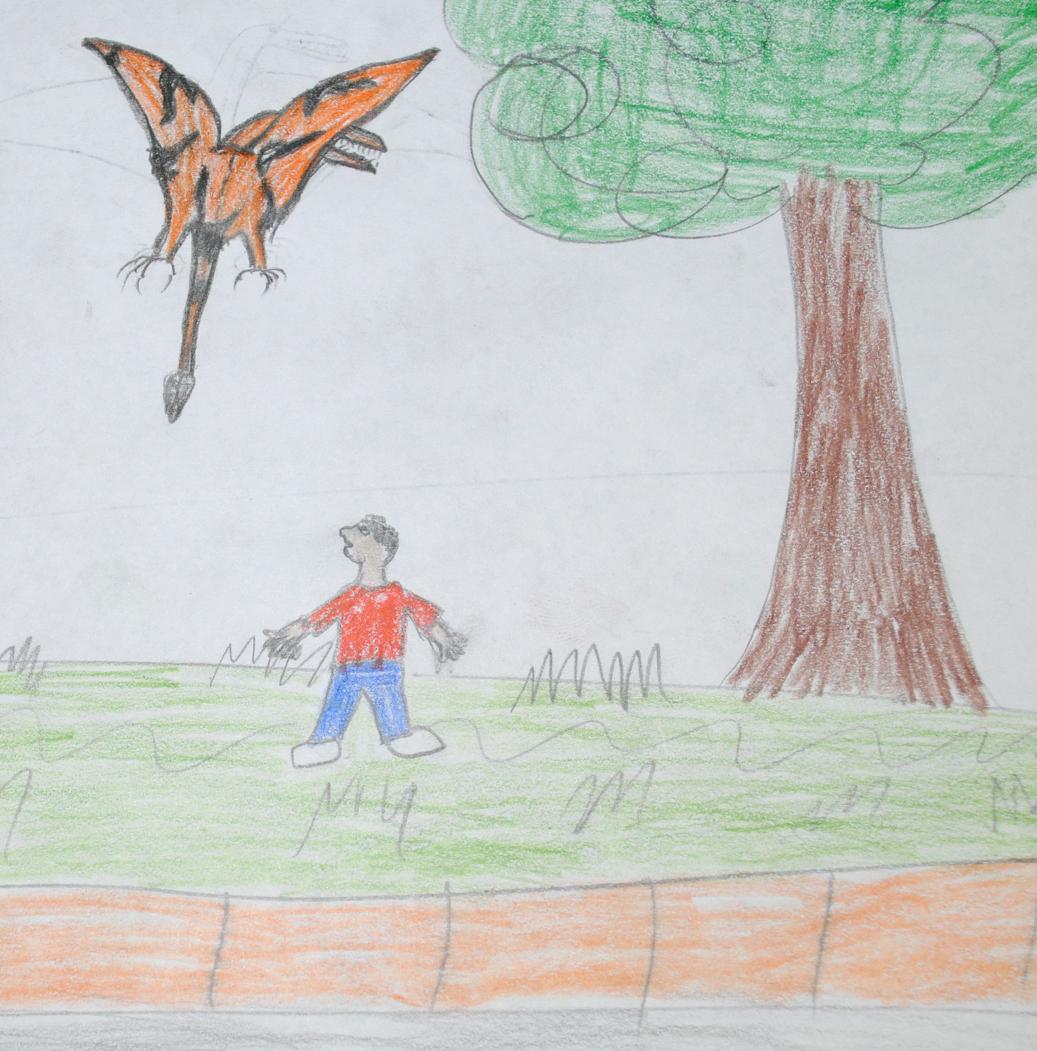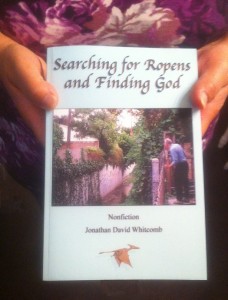With all the web pages, blogs, and forum postings about possible pterosaurs reported in Papua New Guinea, the United States, and Africa, what about other continents? Well, Europe has its share, although I suspect that several things cause fewer eyewitnesses to share their experiences with me. Let’s consider excerpts from a few reports.
In the Netherlands, about five kilometers northwest of Amsterdam, a number of years ago, on a hot summer afternoon, a featherless creature flew “coming out of the city and flying to a big canal.” The wingspan was estimated at 2 meters; the length, 1.5. The creature “had little hands on the front of his wings, he was dark elephant grey.”
In Spain, “near los desert del palmas,” at a music festival one summer night in 2007, flying about 30-40 feet over the heads of a few music fans at the edge of the festivities, was a creature that had, instead of feathers, the color and apparent texture of suede. The eyewitness saw that it was unlike a bat for it had a long thin tail. He told me, “I haven’t been able to find any species of fruit bat ANYWHERE that has a long, straight tail . . . I’d recognise a fruitbat if I saw one.”
In England, in 1987 or 1988, a ten-year-old girl saw “a glowing object which seemed to open up to what I thought looked like a dragon.” She was shocked and told nobody about it for many years. She told me, “I do still remember what I saw and think that it may have been a pterodactyl that decided to ‘glow.'”
These three eyewitnesses have one thing in common: extreme hesitancy to talk about what they saw. This fear to disclose a sighting may be even greater than a similar fear in the United States.




